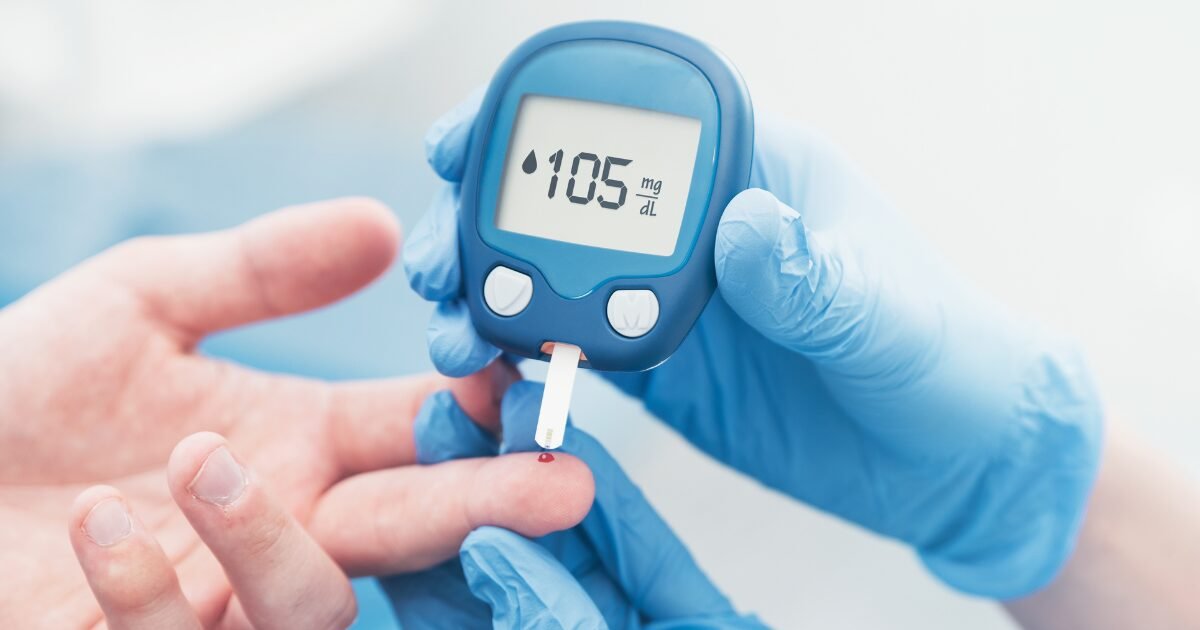The International Diabetes Federation states that almost 10.5% of the adult population (20-79 years) is suffering from diabetes, with half of the people unaware of the disease. By 2045, one in every eight, almost 738 million, will be living with this fatal disease- an astounding increase of 46%.
Physical inactivity and obesity are the major causes of a high number of diabetic patients. Type II diabetes is more fatal than Type I, affecting 90% of its victims.
Common symptoms of Type II diabetes include frequent urination, fatigue and tiredness, sudden weight loss, and blurred vision. This type is more likely to go unnoticed as the symptoms develop slowly and gradually.
So, how would you know if you are the next target or may already have been afflicted with this disease? The answer is explained in this article.
Diabetes Risk Factors and Pre-diabetes
Diabetes is not age or gender-related. Any person, even children, can develop the disease at any stage of their life. Certain factors contribute to developing diabetes in a person:
- Age
- Being overweight
- Genetic causes
- High blood pressure
- High-risk ethnicities
- Gestational diabetes
Doctors recommend glucose testing to detect diabetes before possible signs may appear.
Prediabetes means you have a high blood sugar level, but not as high as in diabetes. However, being pre-diabetic means you are at higher risk of developing diabetes later on. Common risk factors of prediabetes are obesity, physical inactivity, PCOS, or having a blood relation with Type II diabetes.
Signs Of Diabetes In Men V/S Women
Type II diabetes is more common in males than females. However, women are more at risk of complications and sometimes death.
Research shows that there is a direct link between hormones and the development of Type II diabetes. In men, lower testosterone levels pose a greater risk of disease, while the reverse is true in females.
Low testosterone levels in men contribute to increased visceral fat deposition- also a risk factor of Type II diabetes. ⅙ of males have low testosterone levels, which means poor muscle formation, increased fat storage, and ultimately dramatic diabetes risk.

Signs Of Diabetes In Children
Type II Diabetes
Type II Diabetes is more common in adults, but can also happen in obese children. While symptoms may not be physical, here’s what you need to watch out:
- Blurred Vision
- Extreme thirst or hunger
- Repeated infections
- Sudden weight loss
- Skin darkening (especially around the groin, neck, and armpits)
Type I Diabetes
Type I targets children ages 5-6 and 11-13. Researchers link this disease to hormonal changes at this age. Common symptoms include:
- Frequent urination
- Blurred vision
- Feeling tired
- Behavior changes
- Extreme hunger

10 Signs Of Diabetes You Must Know
Typical symptoms of diabetes are easily ignored. According to the Centers for Disease Control and Prevention, 1 out of every 5 people with diabetes doesn’t know he/she has developed the disease.
Frequent Urination
Most people urinate 3-4 times a day. If you need to pee more frequently, followed by waking multiple times at night, it can be a warning that your kidneys must work overtime to remove excessive sugar from your body.
Drinking plenty of water may be a reason for frequent urination. However, if you are urinating despite drinking normal amounts of water, you probably need to have a diabetes test.
Extreme Thirst and Hunger
An average human being drinks 3.7 liters (for men) or 2.7 liters (for women) per day. If you drink more than 4 liters of water and still feel thirsty, you may have high sugar levels in the blood.
When sugar level is not regulated, it may send messages to your brain to crave food. Despite eating more than usual times, you may find yourself extremely hungry even after the meal.
Slow Healing Wounds
High sugar levels in a person disrupt the healing process of the body. This is especially dangerous if you are unaware of diabetes as diabetes damages nerves. With damaged nerves, it’s harder for the body to feel pain if the body gets blisters, cuts, or scrapes. Since you are unaware of the wound, it is likely to develop an infection.
Blurred Vision
Diabetes damages blood vessels in the eye, leading to blurred vision in one or both eyes. High sugar levels can also cause swelling of the eye lens. It also causes blurred vision but improves once the sugar level is regulated.
If unnoticed, the damage to the vessels can become severe and cause permanent blindness.
Weakness/ Fatigue
When sugar is not transported to the cells, the energy levels in your body drop. It causes more tiredness and fatigue than usual. The lack of glucose and insulin in the bloodstream makes you feel exhausted. You find yourself too tired to perform daily tasks that you were able to do before.
Itchy Skin
Poor circulation and loss of body fluids make the skin dry and itchy. Increase water intake, and if the symptoms prevail, your body is trying to tell you something alarming.
If you experience shin spots, small bumps, or infections on the skin, consult your doctor as soon as possible.
Read more on: Diabetes Warning Signs that can Appear on Skin.
Volatile Moods
Diabetes also affects your mood and mental health. Low or high sugar levels cause mood swings, anxiety, or depression. You are more likely to experience irritability, and family and friends notice your unusual behavior and depression-like symptoms.
Urinary Tract Infections
High sugar levels in the urine provide a favorable ground for yeast and bacterial infections. Common symptoms of UTI are:
- Painful urine
- Cloudy and dark-smelling urine
- Pain in the lower or backside
- Blood in the urine
- Peeing more often
- Nocturia
Pins and Needles
Diabetes causes numbness in the hands, feet, and other parts of the body (a condition known as diabetic neuropathy). Affected people experience tingling, needles and pins, weakness, or discomfort in both feet and spread to the whole legs.
Half of the people with diabetic neuropathy feel extreme pain and sensitivity to painful stimuli (painful neuropathy). Neuropathic pain is worse at night and can disrupt sleep patterns.
Unintentional Weight Loss
If the body cannot get energy through food, it starts consuming muscle fat from within. This leads to sudden drops in body weight. You may start losing weight despite changing eating habits.
Warning Signs Of Diabetes Complications
- Slow-healing cuts or sores
- Frequent yeast infections
- Decreased vision
- Itchy skin (around the vaginal or groin area)
- Weight gain
- Acanthosis nigricans
- Erectile dysfunction (ED) or Impotence
Modify Your Diet Before Calling Your Doctor
If you are experiencing some of these symptoms, you may be developing diabetes or already have. Don’t rush to the doctor. Try a low-carb diet of green vegetables and proteins in your meal. Avoid high-sugar drinks and drink 2 liters of water per day to see if symptoms fade away.
Subtle symptoms can be a result of a high-carb diet, which your body finds challenging to manage. It doesn’t mean you have diabetes, but a warning to fix your daily diet.
When To Call Your Doctor?
If you are 45 years older or have other diabetes risks, you should get yourself tested. In case you have developed the disease, you can avoid heart troubles, nerve damage, and other complications.
Generally, you need to see the doctor if you:
- Breathe faster and deeper than normal
- Feeling belly ache.
- Sweat smells like nail polish remover (a sign of high ketones).

Final Thoughts
Diabetes starts with mild symptoms like extreme hunger and thirst, itchy skin, dry mouth, or blurry vision. Type I diabetes develops quickly and is more severe, while Type II develops slowly. If you experience maximum symptoms, you better see a doctor to avoid complications.








